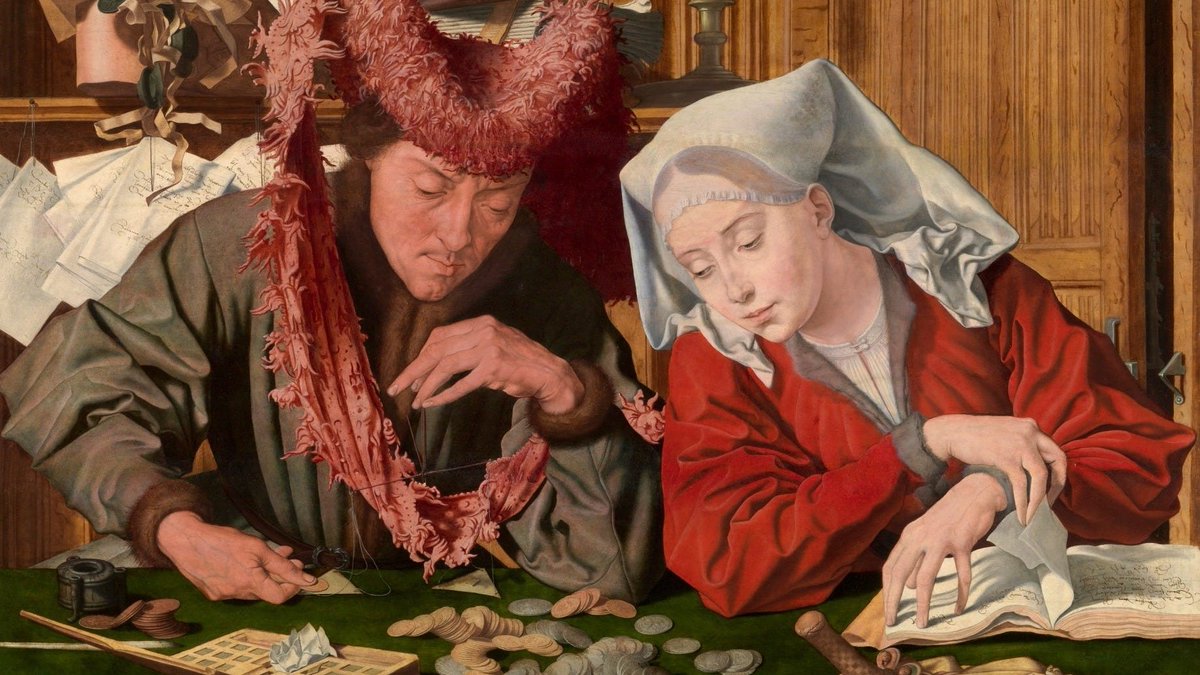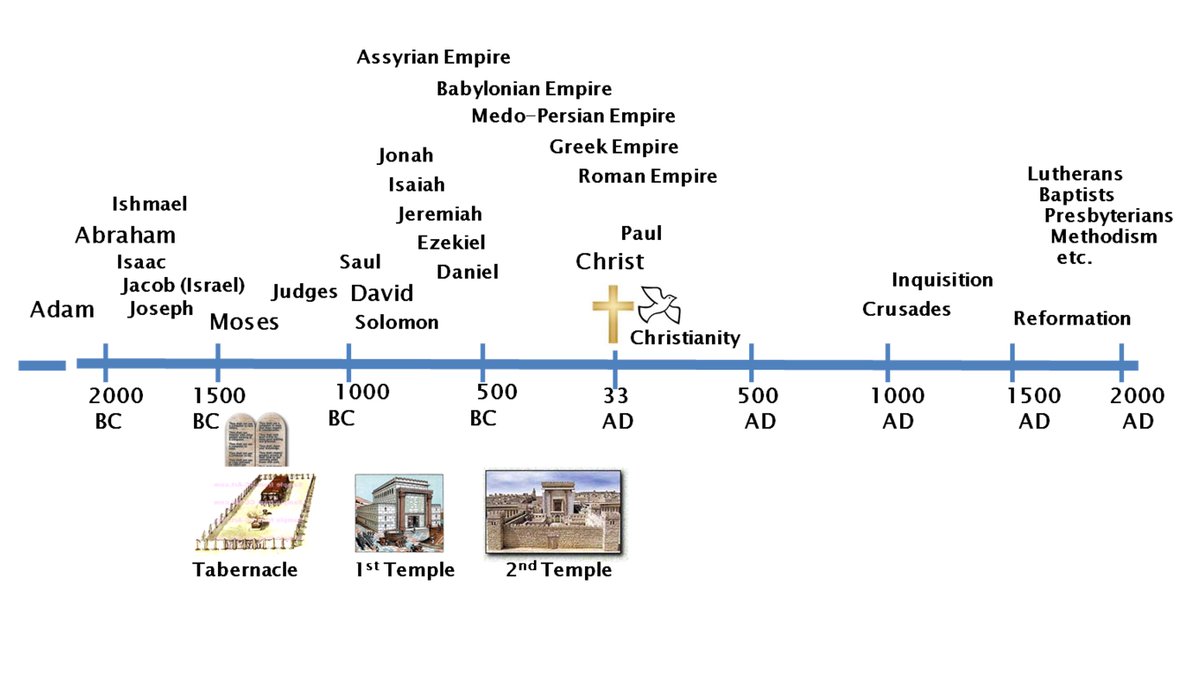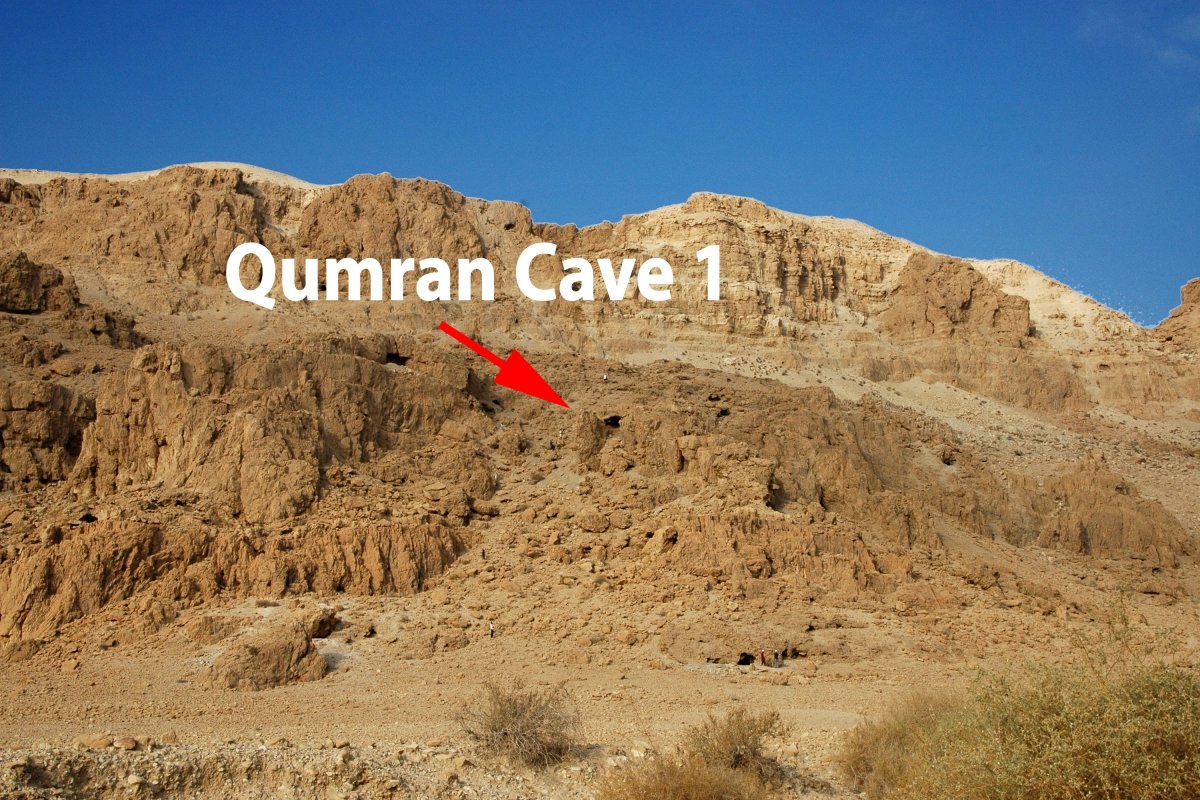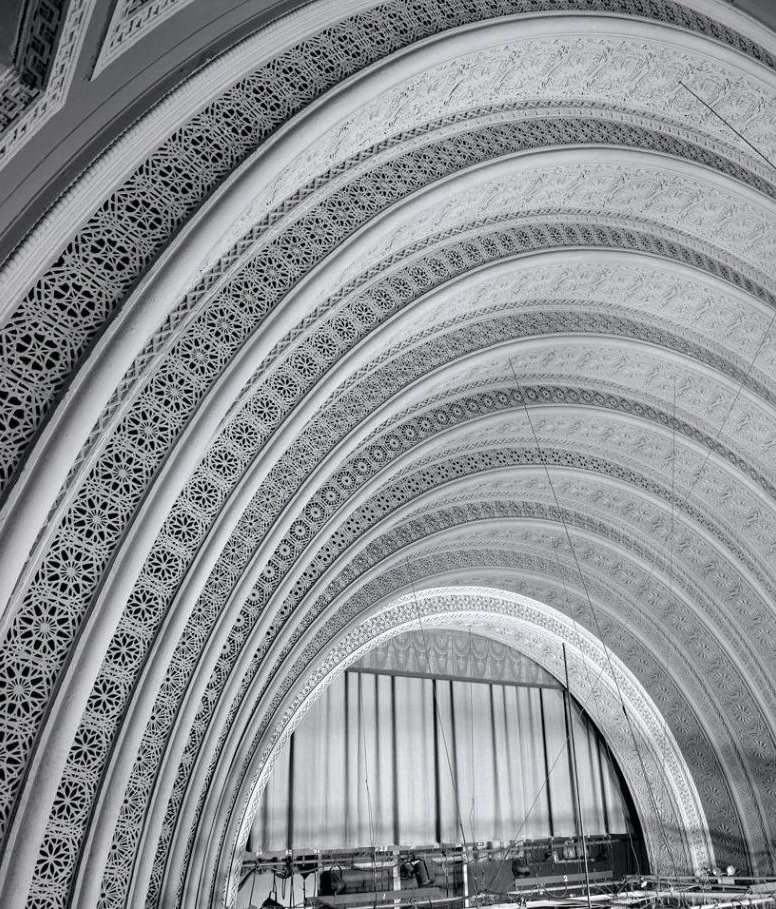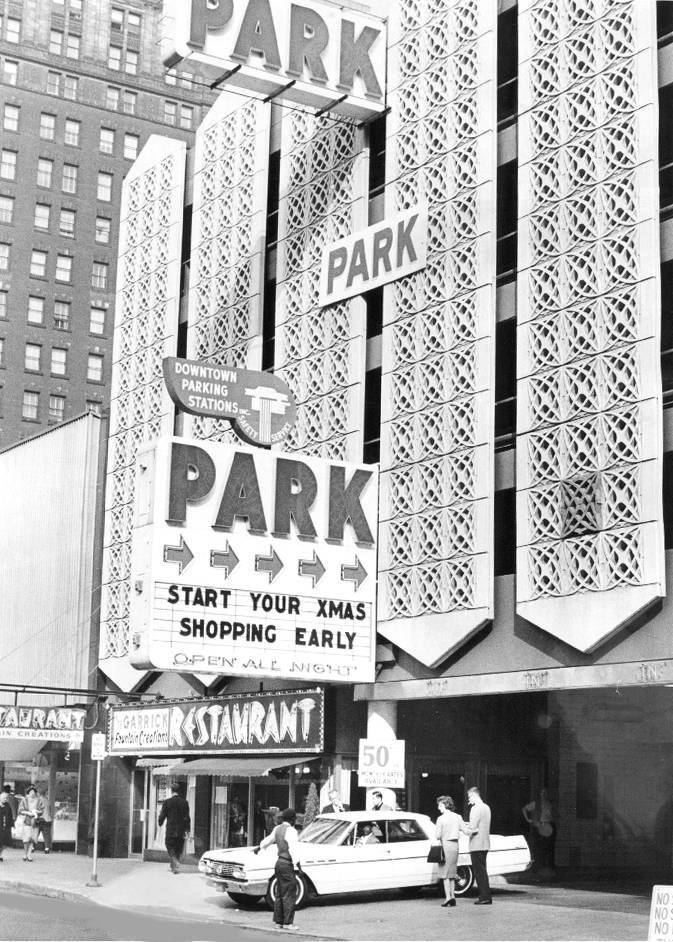This mosaic is the biggest discovery since the Dead Sea Scrolls.
The earliest "Jesus is God" declaration from 230 AD — and it's just the start of what we've found.
Mega thread of archaeology that supports the New Testament... 🧵
The earliest "Jesus is God" declaration from 230 AD — and it's just the start of what we've found.
Mega thread of archaeology that supports the New Testament... 🧵

When this was found beneath an Israeli prison, it changed the entire narrative of early Christianity. The Megiddo Mosaic is inscribed with the following:
"God Jesus Christ".

"God Jesus Christ".


Scholars had long claimed Christ's divinity was a later invention, e.g. by the Council of Nicaea in 325 AD.
But it appears that early Christians *did* believe Jesus was the son of God — right from the very start.
But it appears that early Christians *did* believe Jesus was the son of God — right from the very start.
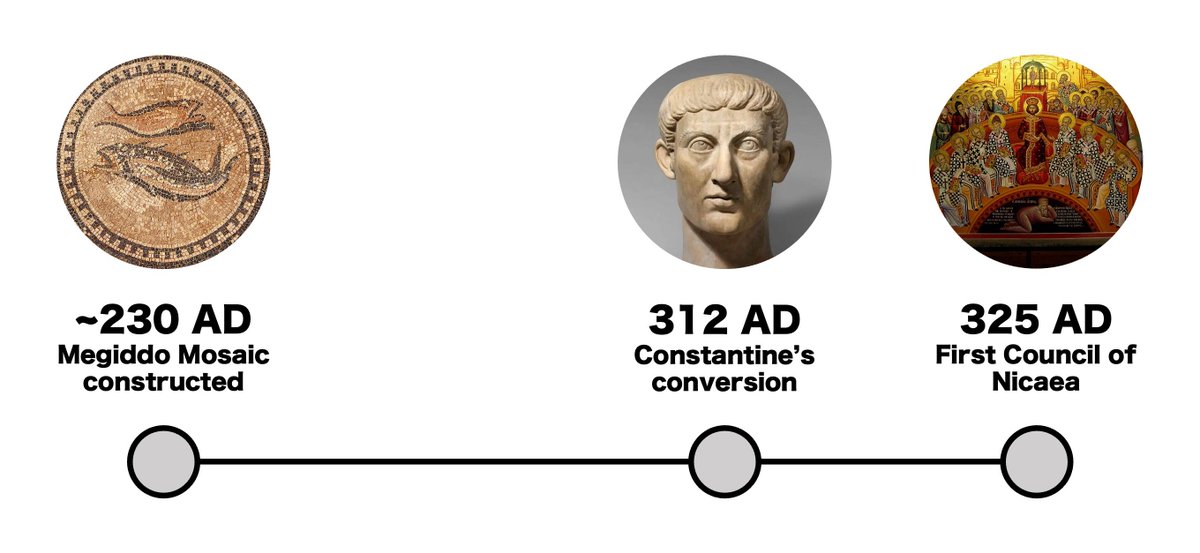
That's just one of the many bombshell archaeological finds in recent years.
So what findings are there that support the historicity of the New Testament?
So what findings are there that support the historicity of the New Testament?
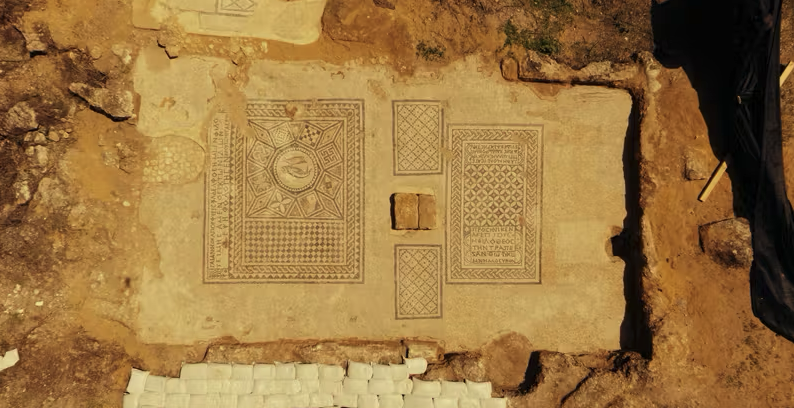
First, there's extra-biblical evidence for the existence of people mentioned in the Gospels.
A 1st century inscription found in 1961 names the Roman governor who ordered Christ's Crucifixion: "Pontius Pilatus... Prefect of Judea".

A 1st century inscription found in 1961 names the Roman governor who ordered Christ's Crucifixion: "Pontius Pilatus... Prefect of Judea".

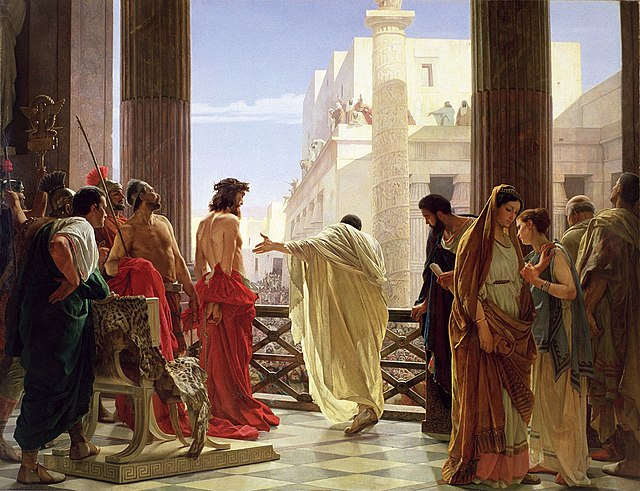
Another is Caiaphas, the high priest who oversaw the rigged trial against Jesus.
In 1990, his ossuary was found in a Jerusalem burial cave, inscribed with his name.


In 1990, his ossuary was found in a Jerusalem burial cave, inscribed with his name.
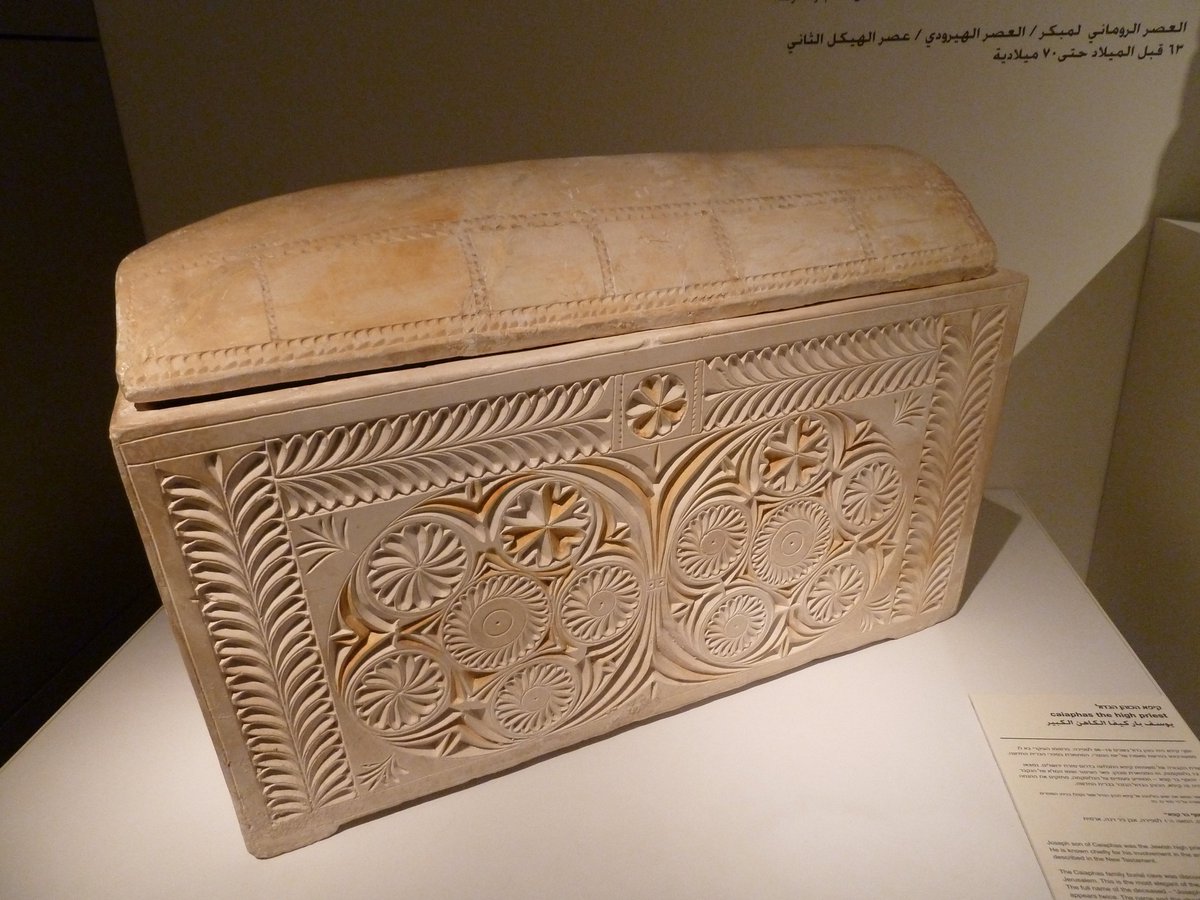
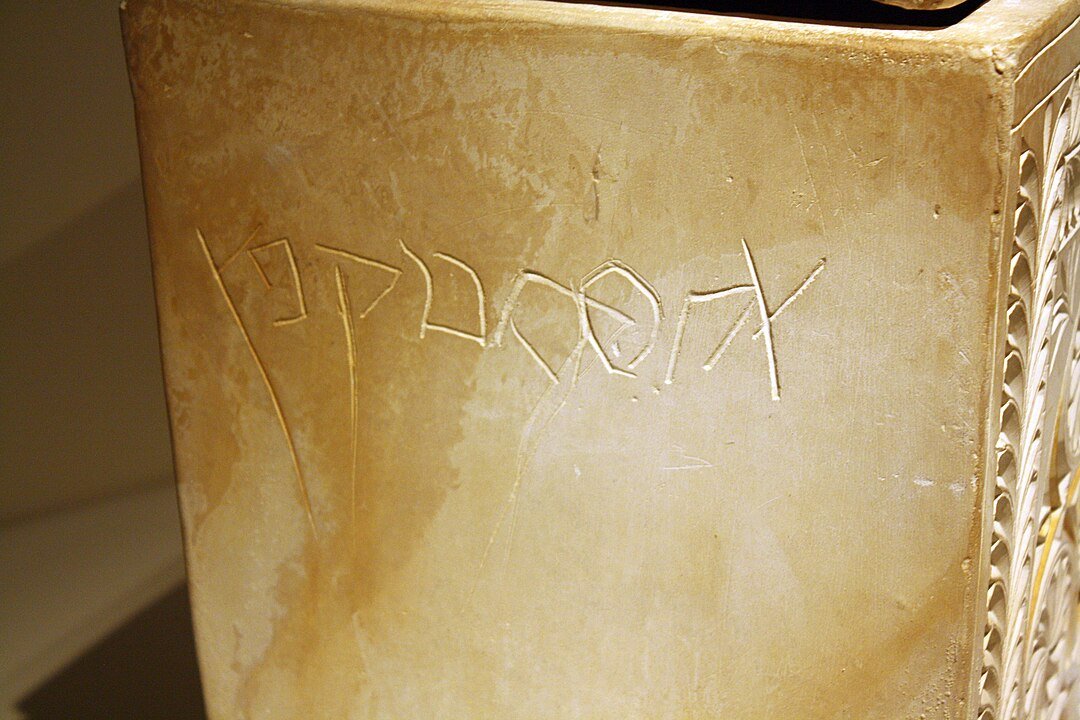

Herod the Great was widely considered historical, but discovered coins proved he did call himself king (not governor). As we now know, Judea was a Roman client kingdom — not a province.
A small detail, but one that Luke's Gospel gets right, when he names "Herod, king of Judea".

A small detail, but one that Luke's Gospel gets right, when he names "Herod, king of Judea".

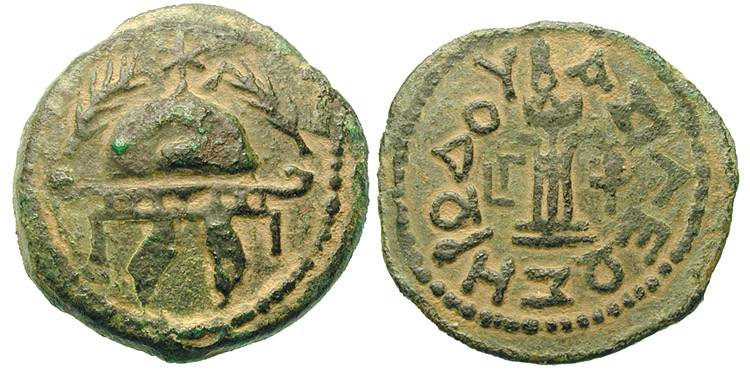
What about places mentioned in the Gospels?
A common claim among scholars was that Nazareth didn't actually exist in Jesus's time. Then in 2009, a small house was found there — dating precisely to the early 1st century.
A common claim among scholars was that Nazareth didn't actually exist in Jesus's time. Then in 2009, a small house was found there — dating precisely to the early 1st century.
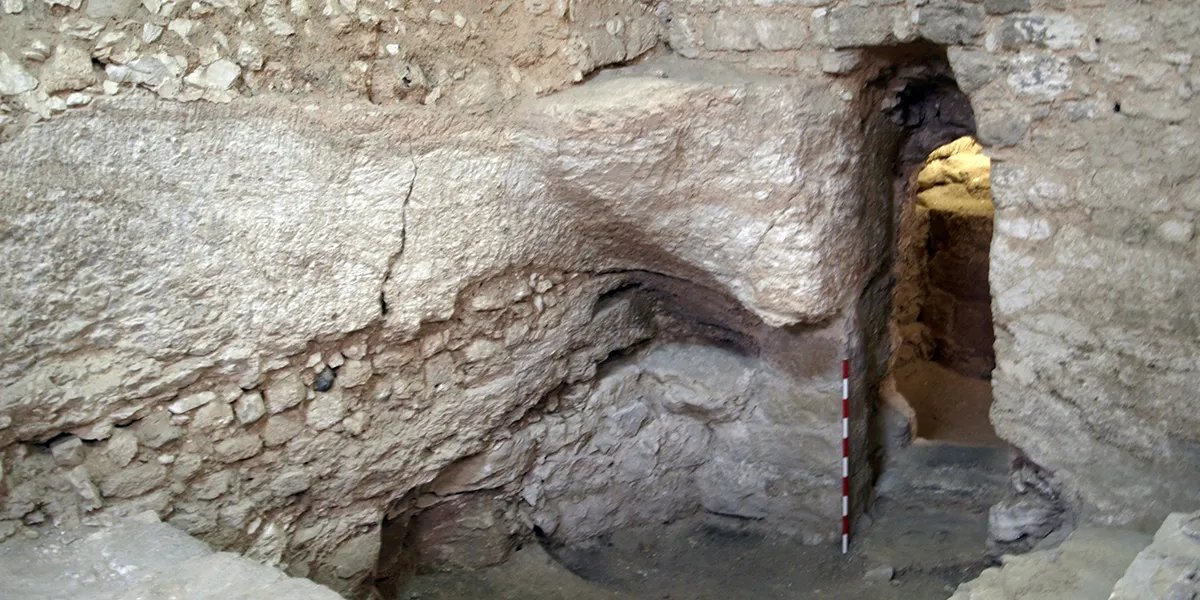
In John's Gospel, Jesus heals a man at the Pool of Bethesda, a place in Jerusalem long lost to history.
In 2005 it was found, exactly where John said it was and complete with the five porticoes he described.

In 2005 it was found, exactly where John said it was and complete with the five porticoes he described.
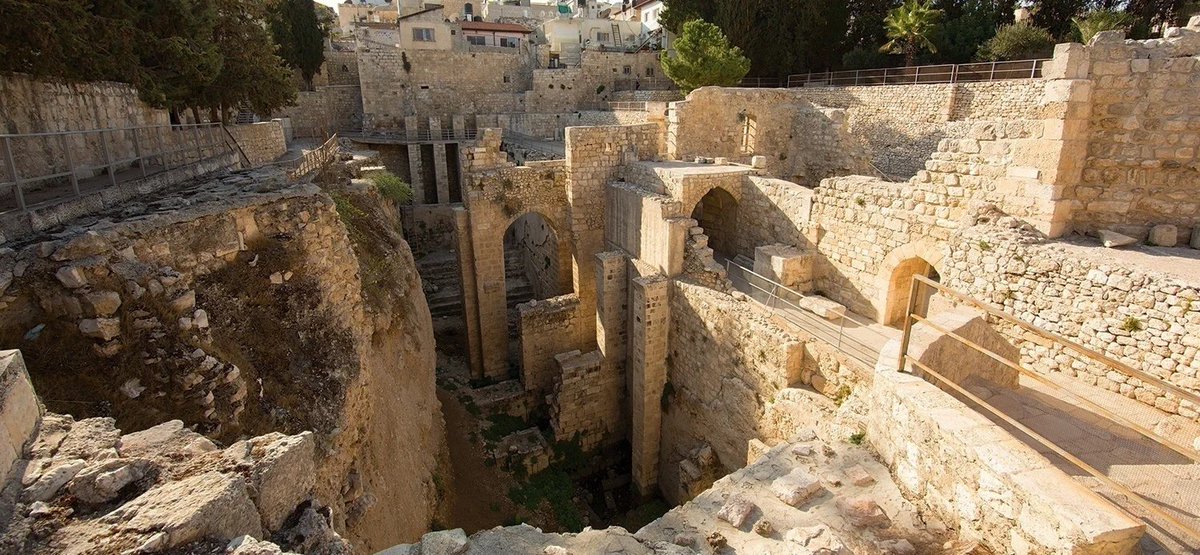

Another claimed miracle site is Jerusalem's Pool of Siloam, where Jesus healed a blind man. Only problem: nobody could ever locate it.
Then some sewer works uncovered it in 2004, at the end of Hezekiah's Tunnel as ancient sources claimed.

Then some sewer works uncovered it in 2004, at the end of Hezekiah's Tunnel as ancient sources claimed.
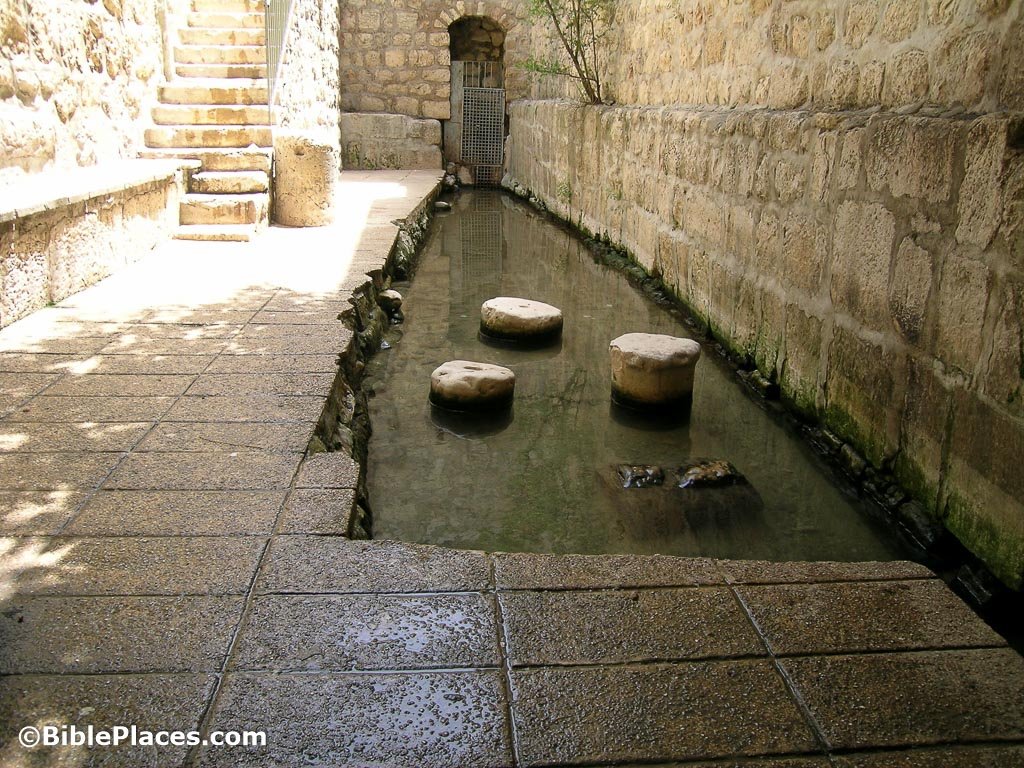
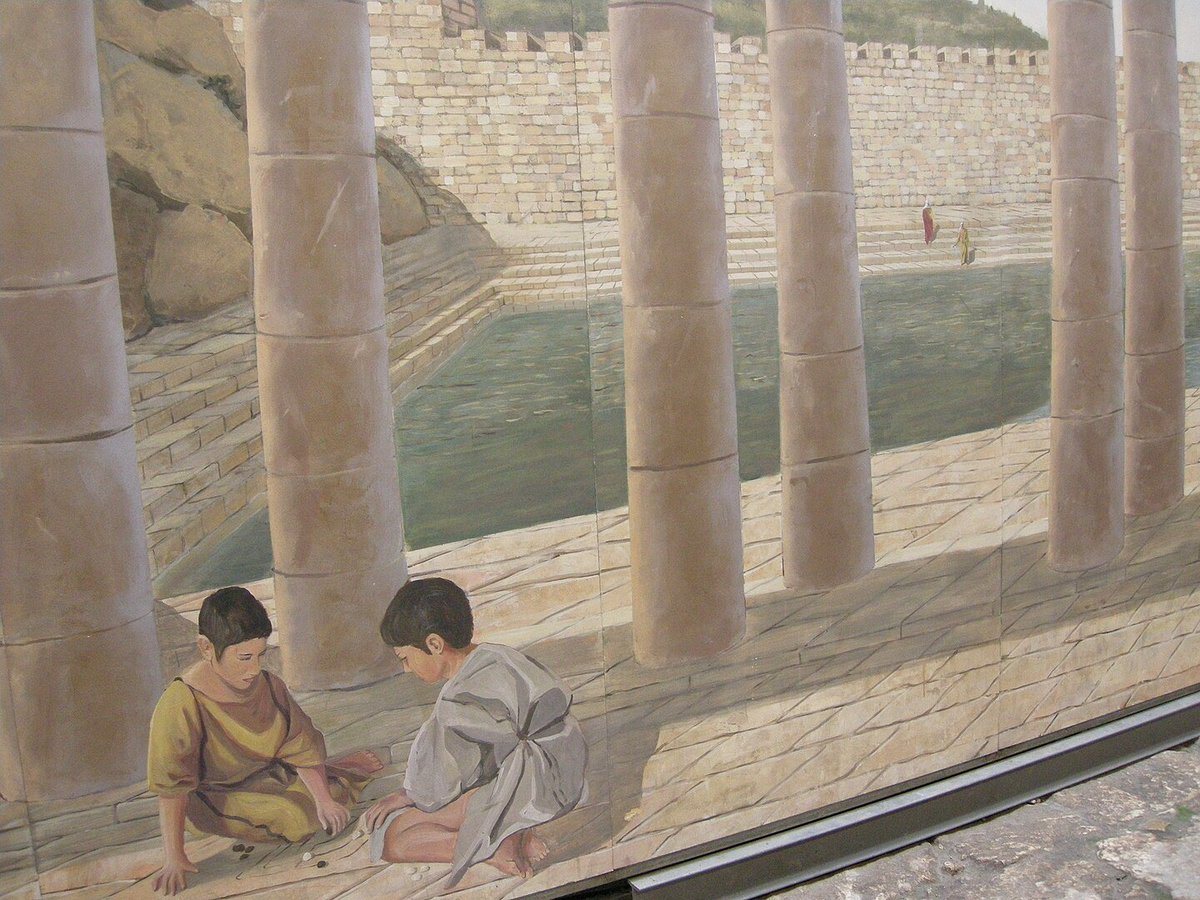
It's remarkable that such places can be found at all. The 70 AD siege of Jerusalem leveled the city, and Hadrian built over what was left of Christian sites (like Christ's tomb) in order to bury them.
And yet, new archaeology keeps on finding them.
And yet, new archaeology keeps on finding them.

But people and places are one thing — substantiating actual events is another thing entirely.
What can be said of events recorded in the Gospels?
What can be said of events recorded in the Gospels?
Well, the Roman practice of crucifixion was never supported by any physical evidence.
Then in 1968, excavation of a 1st century tomb in Jerusalem revealed a seemingly crucified skeleton — a nail driven right through the heel and into olive wood.

Then in 1968, excavation of a 1st century tomb in Jerusalem revealed a seemingly crucified skeleton — a nail driven right through the heel and into olive wood.
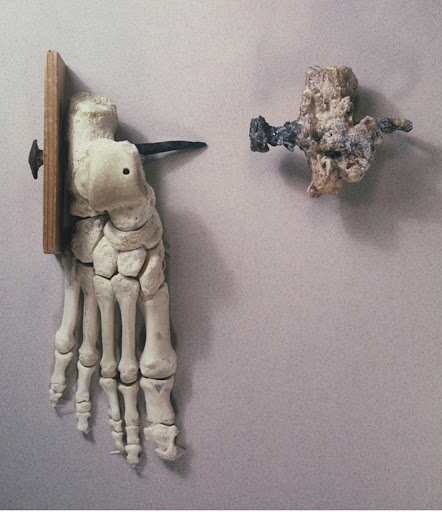
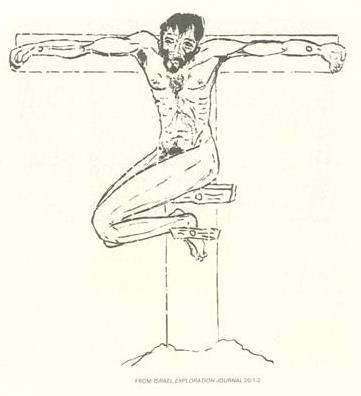
Does that make Christ's crucifixion all the more plausible? It might, especially when you consider this:
What is the oldest image of Jesus that we know of?
What is the oldest image of Jesus that we know of?

Between 100-200 AD, a strange drawing was scrawled on the wall of a Roman barracks in Rome.
Not a faithful image of Jesus, but a mockery...
Not a faithful image of Jesus, but a mockery...
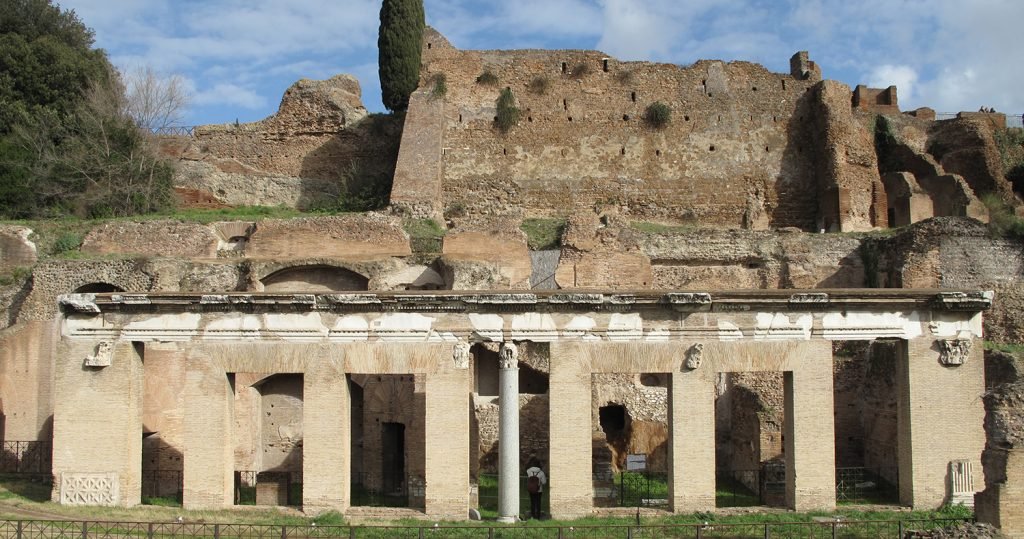
A crucified man with a donkey's head, captioned:
"Alexamenos worships his god".
For Roman disbelievers, worshipping such a man was absurd — crucifixion was for the lowest of criminals.
"Alexamenos worships his god".
For Roman disbelievers, worshipping such a man was absurd — crucifixion was for the lowest of criminals.

Archaeology can't prove events really happened, but it can reveal what people believed.
From the graffitist in Rome to the mosaicist in Jerusalem, early Christians separated by thousands of miles understood the central claims of the Gospels...

From the graffitist in Rome to the mosaicist in Jerusalem, early Christians separated by thousands of miles understood the central claims of the Gospels...
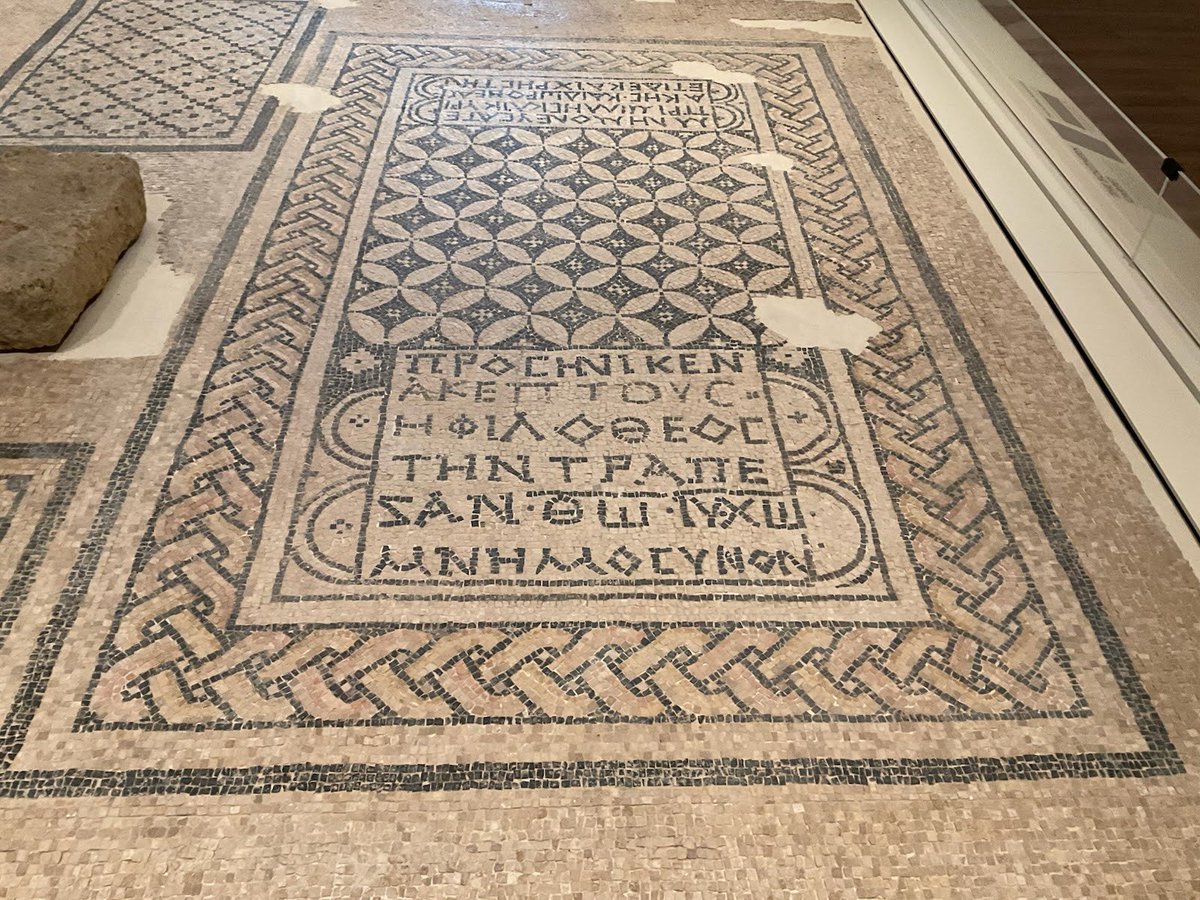

I have a LOT more coming soon on biblical archaeology.
Follow and join the free newsletter so you don't miss it!
Read more / support me here (100,000+ readers) 👇
culture-critic.com/welcome
Follow and join the free newsletter so you don't miss it!
Read more / support me here (100,000+ readers) 👇
culture-critic.com/welcome
• • •
Missing some Tweet in this thread? You can try to
force a refresh




